Western & International Expansionism
1/19
There's no tags or description
Looks like no tags are added yet.
Name | Mastery | Learn | Test | Matching | Spaced |
|---|
No study sessions yet.
20 Terms
Dawes Act
Allowed the federal government to break up tribal lands
Purpose was to assimilate Native Americans into Western culture
Wounded Knee Massacre
Involved nearly three hundred Lakota people killed by soldiers of the United States Army
The Frontier Thesis
The settlement and colonization of the rugged American frontier was decisive in forming the culture of American democracy and distinguishing it from European nations
Sand Creek Massacre
A massacre of Cheyenne and Arapaho people by the U.S. Army in the American Indian Wars that occurred on November 29, 1864
The Homestead Act
Passed on May 20, 1862, it accelerated the settlement of the western territory by granting adult heads of families 160 acres of surveyed public land for a minimal filing fee and five years of continuous residence on that land.
Gold Rush of 1849/ California Gold Rush
The mass migration of people to California due to discovery of gold in Sutter's Mill in January 1848
Gold Rush of 1875/ Black Hills Gold Rush
The mass migration of miners to Dakota Territory in 1874 due to the discovery of gold in Black Hills
Transcontinental Railroad
A 1,911-mile continuous railroad line built between 1863 and 1869 that connected the existing eastern U.S. rail network at Council Bluffs, Iowa, with the Pacific coast at the Oakland Long Wharf on San Francisco Bay.
Ghost Dance
The dance would reunite the living with spirits of the dead, bring the spirits to fight on their behalf, end American Westward expansion, and bring peace, prosperity, and unity to Native American peoples throughout the region
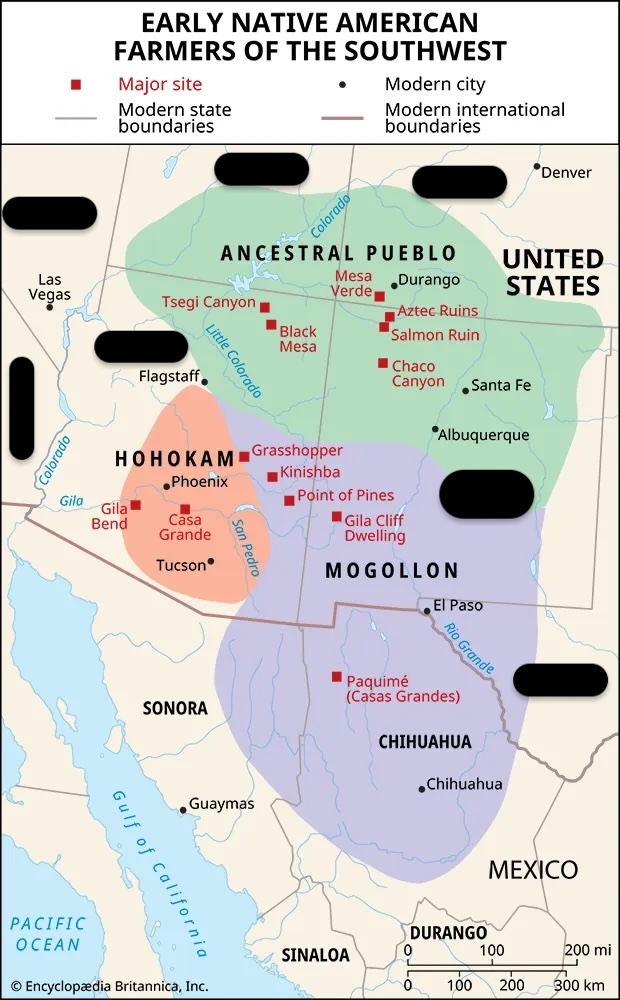
Pueblo Nations: Apache, Ute, Navajo
Modern day Utah, Arizona, New Mexico, and Colorado
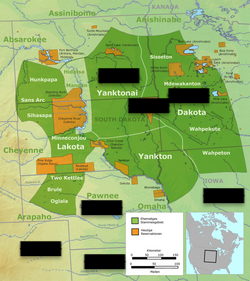
Plains Nations: Sioux
Modern day Minnesota, North Dakota, and South Dakota
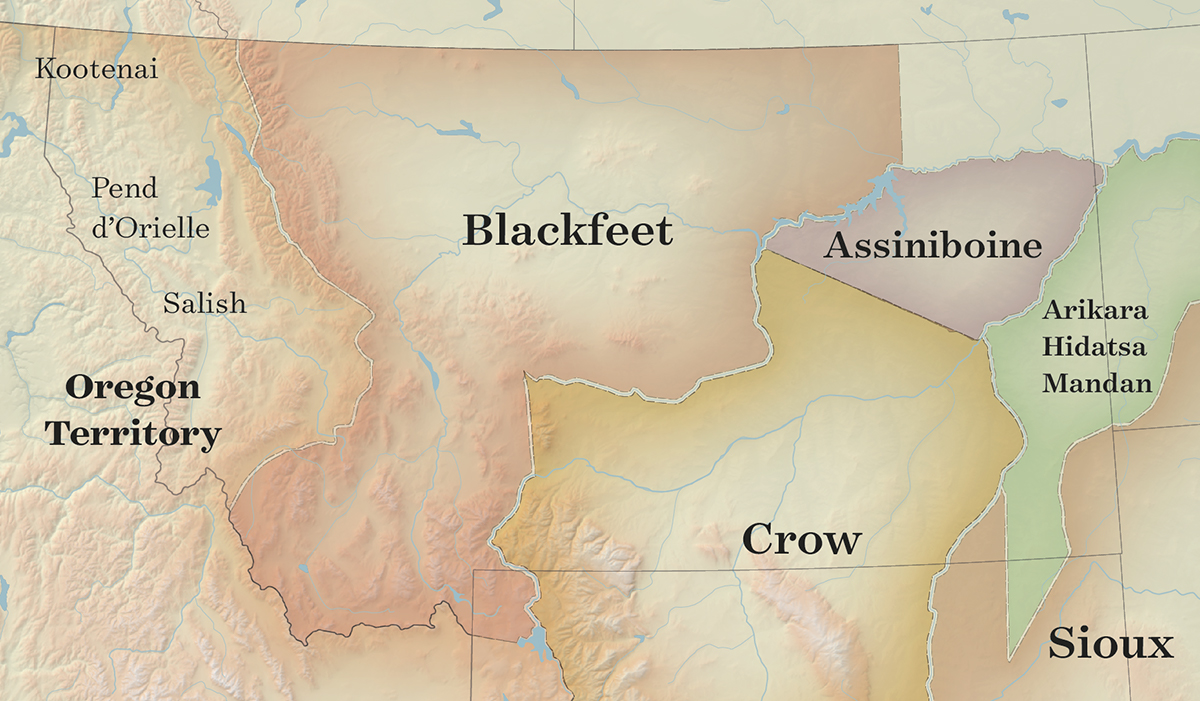
Rocky Mountain/Plains Nations: Blackfoot and Crow
Modern day Idaho, Montana, North Dakota, and South Dakota
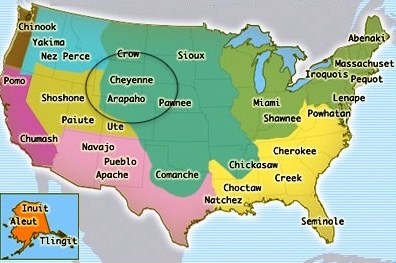
Rocky Mountain Nations (Cheyenne and Arapaho)
Modern day Wyoming
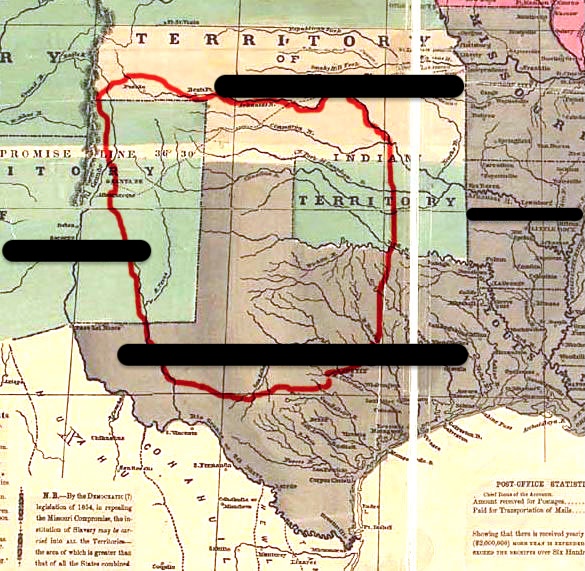
Southwest Nations: Apache and Comanche
Modern day Texas and New Mexico
Dakota War/ Sioux Resistance
An armed conflict between the United States and several eastern bands of Dakota collectively known as the Santee Sioux that resulted in the Dakota nation being exiled from their homeland to the Dakotas and Nebraska, making Minnesota a state
Bureau of Indian Affairs
Responsible for implementing federal laws and policies related to Native Americans and Alaska Natives, and administering and managing over 55,700,000 acres of reservations held in trust by the U.S. federal government for indigenous tribes
Chinese Exclusion Act of 1882
Prohibited all immigration of Chinese laborers for 10 years
Manifest Destiny
The imperialist belief that American settlers were destined to expand westward across North America
Battle of Little Bighorn/Battle of Greasy Grass in 1876
An armed engagement between combined forces of the Lakota Sioux, Northern Cheyenne, and Arapaho tribes and the 7th Cavalry Regiment of the United States Army that resulted in the defeat of the U.S. army, making it the most significant battle of the Great Sioux War of 1876
Important figures in Battle of Little Bighorn/Battle of Greasy Grass
Rain-in-the-Face: War-chief of the Lakota tribe
Crazy Horse: Lakota war leader of the Oglala band that lead the natives to victory
Sitting Bull: Hunkpapa Lakota leader who prophesied the arrival of the U.S. Army and was a leader in the battle
George A. Custer: Leader of the U.S. army that died in battle